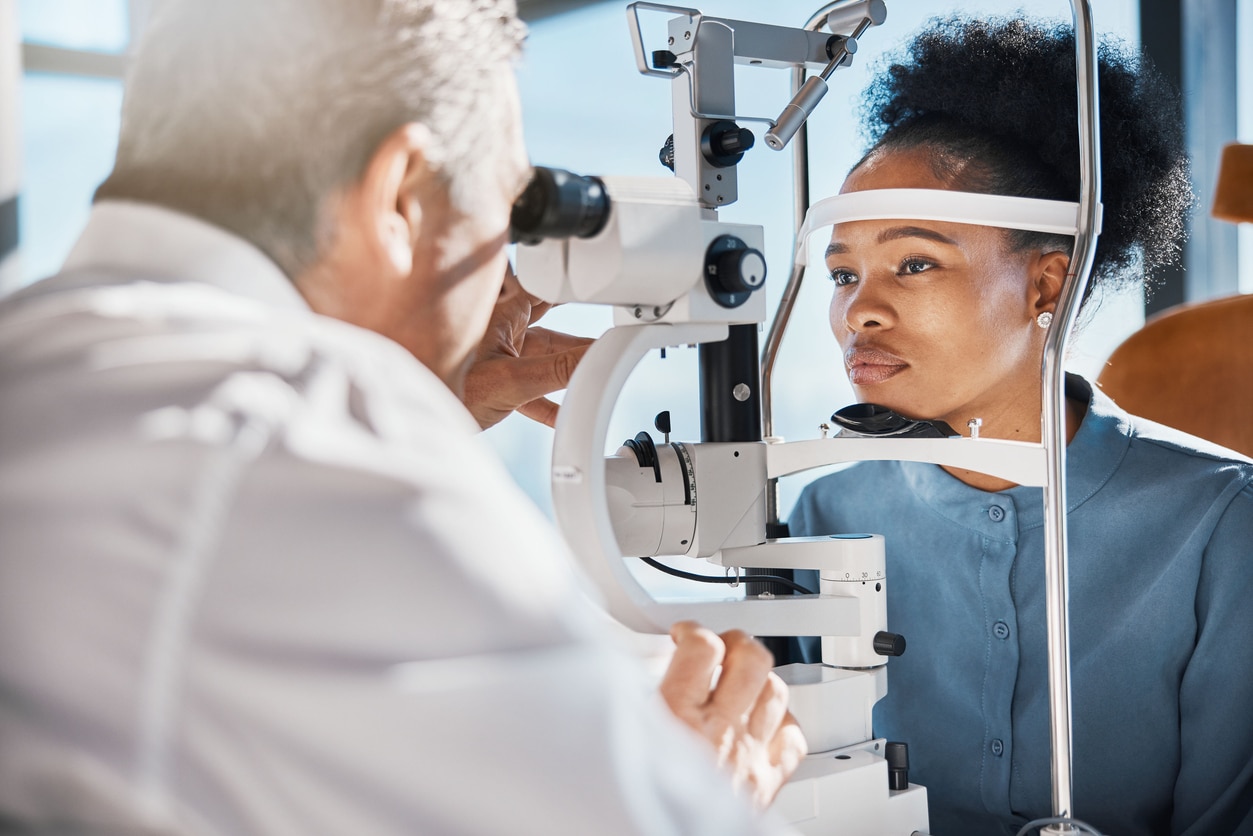All Categories
Featured
Table of Contents

Normal eye assessments are vital for keeping excellent vision and finding prospective eye wellness issues early. Nonetheless, the frequency of these examinations can vary significantly based on an individual's age, way of living, and general wellness. Recognizing the recommended schedule for eye tests can aid ensure that individuals of all ages obtain proper care and tracking for their eye health.
Infants and Toddlers (0-2 Years)
For toddlers and babies, eye examinations are vital for discovering any type of prospective vision issues early on. The American Academy of Ophthalmology recommends that a child's initial eye examination must happen at around six months of age. Throughout this first see, the eye treatment professional will certainly examine the child's aesthetic development and check for any noticeable eye concerns.Following this very first exam, it is suggested that kids have one more eye exam at age three. This go to will certainly concentrate on evaluating the child's general visual function, including eye alignment and the capability to track things. If no problems are discovered, the following test needs to be arranged prior to the child begins school, commonly around age five or six.
School-Aged Kids (6-18 Years)
Normal eye tests should be arranged every one to 2 years when kids get to college age. Vision is critical for finding out and advancement, and lots of colleges carry out vision screenings. Nonetheless, these testings do not replace a thorough eye examination by an eye care professional.For youngsters included in activities or sporting activities calling for substantial visual emphasis, annual eye exams may be a good idea. Additionally, if a child shows indicators of vision problems-- such as problem checking out, squinting, or frequent frustrations-- a visit to the eye medical professional ought to be arranged asap.
Young Person (19-39 Years)
Young grownups generally have less vision adjustments than older age teams, but normal eye examinations continue to be vital. The basic referral is to schedule an eye exam every two years throughout this duration. People with specific threat aspects-- such as a family members history of eye condition, diabetes, or those who put on call lenses-- ought to consider yearly eye examinations.Furthermore, those that spend substantial time on digital tools might experience digital eye strain. If signs and symptoms such as dryness, tiredness, or obscured vision occur, it may be wise to see an eye care expert sooner.
Adults (40-64 Years)
As individuals go into midlife, the likelihood of developing vision troubles boosts. Adults aged 40 to 64 need to schedule eye tests every one to two years. This age may begin to experience presbyopia, a natural age-related problem that makes it testing to concentrate on close items. Eye exams can likewise help discover other usual age-related conditions such as glaucoma, cataracts, and macular degeneration.If individuals in this age group have danger variables such as hypertension or diabetes, they might call for more constant examinations to monitor their eye wellness carefully.
Seniors (65 Years and Older)
For senior citizens, routine eye exams end up being also much more essential. The American Optometric Organization suggests that people aged 65 and older have an eye test at the very least when a year.Final thought.
Recognizing the ideal routine for eye exams based on age is essential for keeping optimal eye health throughout life. By adhering to these standards and seeking advice from with an eye treatment specialist, people can take proactive steps towards protecting their vision and overall wellness.Table of Contents
Latest Posts
Transform Your Bathroom with Bath Fitter's Walls and Wainscoting Solutions
Published Nov 23, 24
2 min read
Enhance Your Entertainment Setup with Quality Furniture from Barebones
Published Nov 23, 24
2 min read
Discover Dining and Bar Experiences at The Claridge Hotel
Published Nov 22, 24
2 min read
More
Latest Posts
Transform Your Bathroom with Bath Fitter's Walls and Wainscoting Solutions
Published Nov 23, 24
2 min read
Enhance Your Entertainment Setup with Quality Furniture from Barebones
Published Nov 23, 24
2 min read
Discover Dining and Bar Experiences at The Claridge Hotel
Published Nov 22, 24
2 min read